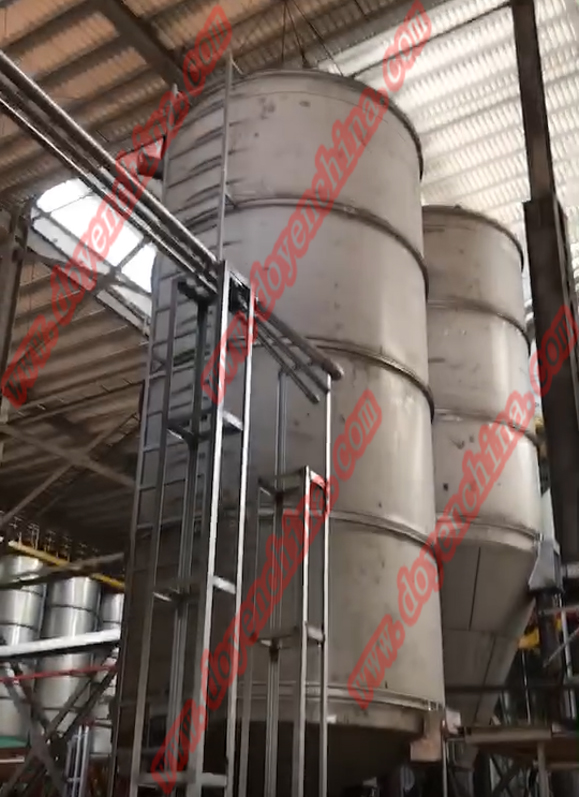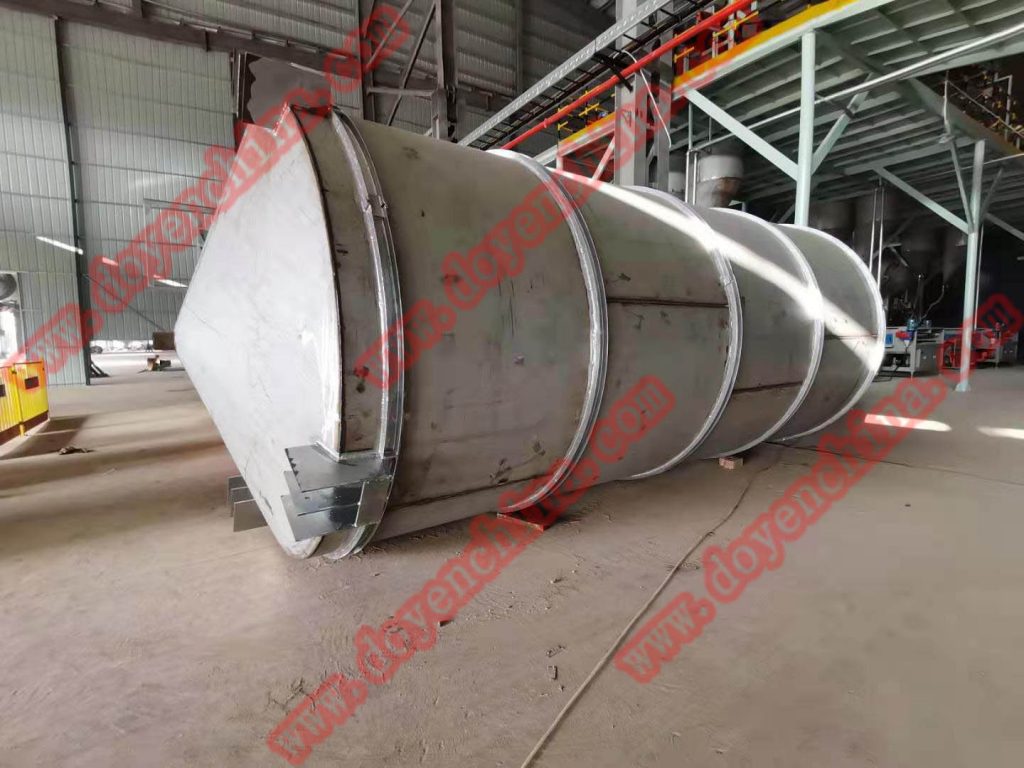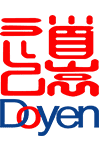

Tel:
+86-757-8633-0278
Email:doyen@doyenchina.com
Fax:+86-757-86287390
Address:Room 201, Building No. 24, Yicui Rose Garden, No. 2, Jihua 7 Road, Chancheng District, Foshan City, Guangdong Province, China 528000.
The stock market base is huge. Municipal wastewater treatment industry, as a subdivision of the water market, is different from industrial wastewater treatment. It is the stock market alone-700 million urban residents, accounting for about 52% of my country’s total population, whose daily wastewater is already in demand. .
Since the beginning of this century, the sewage discharge structure has changed, and the growth rate of domestic sewage discharge is even faster than that of industrial sewage. During the decade from 2000 to 2011, the compound growth rate of municipal wastewater treatment emissions was 6.4%, which was higher than the 1.3% growth rate of industrial wastewater. According to data from the Ministry of Environmental Protection, in 2012, the national urban domestic sewage discharge was 46.27 billion tons, an increase of 8.1% over the previous year; it accounted for 67.6% of the total wastewater discharge, an increase of 2.7% over the previous year.
Urbanization expands emerging incremental space. According to the “National New Urbanization Plan (2014-2020)”, by 2020, the urbanization rate of the permanent population in my country will reach about 60%, which needs to be increased by 6.3 percentage points; the urbanization rate of the registered population must reach about 45%, which needs to be increased by 9 points Percentage points; in addition, efforts will be made to realize that about 100 million agricultural migrants and other permanent residents settle in urban areas.
The “Planning” also made supporting regulations on sewage treatment (Table 1). With the advancement of urbanization, the urban sewage treatment rate needs to be increased by nearly 6 percentage points, and the cake of the sewage treatment industry will undoubtedly become bigger.
According to the statistics of Yang Ping, deputy director of the Investment Institute of the National Development and Reform Commission, every one percentage point increase in the urbanization rate at this stage will bring huge infrastructure investment space. In 2011, the scale of infrastructure investment corresponding to one point was about 38 billion.
Economic development raises water quality standards. With the improvement of living standards, the tension between water supply and demand will further intensify, which will inevitably promote the development of the municipal sewage treatment industry, including sewage treatment hardware and software.
According to the latest data from the Ministry of Housing and Urban-Rural Development, as of the end of March this year, 3,622 sewage treatment plants had been built nationwide, an increase of 109 in the first quarter. In fact, since 2009, the construction of sewage treatment plants has entered a stage of rapid increase in treatment. It is worth noting that the growth rate of sewage plant construction in county cities has been higher than that in cities, which also confirms the potential for late-comer growth in the county market (Table 2).
In July of this year, Beijing Capital invested 128 million yuan in capital increase and acquired 51% of the shares of Suzhou Jiajing Environmental Protection Technology Co., Ltd., to enter the small town sewage treatment market on a large scale.
At the same time, more than 3,000 sewage treatment plants have been built across the country, which also means a huge operational service market, which will bring opportunities for sewage treatment service companies as their main business.
Industry beneficiary sample: differentiated siege strategy
The 21st Century Macro Research Institute believes that under the favorable situation of the expansion of the macro market, for micro-enterprise entities, investing in the municipal sewage treatment industry requires precise positioning of the core competitiveness and clarification of the profit model. In the dispersed and unsaturated market of the entire industry, the pace of industry mergers and acquisitions is also accelerating, and companies are expected to share market dividends through differentiated strategies.
The starting point of technological innovation enterprises is relatively low, and they are favored by policy orientation. Bishuiyuan-Selected as “2012 Forbes China’s Most Potential Listed Company”, as an asset-light technology innovation enterprise established in 2001 with a registered capital of 110 million yuan, it focuses on the research and development of membrane technology. As of 2013, Bishuiyuan has added 63 new patents, and 37 patents are being applied for and accepted.

As a leader in my country’s MBR water treatment field, Bishuiyuan has undertaken 8 national-level scientific research projects. The membrane bioreactor and water purification technology developed in cooperation with Beihang University have been fully applied on the “Yuegong No. 1”, achieving the success of simulating the space water cycle. . The total amount of research and development in 2013 was RMB 82,789,800, an increase of 32% over 2012, of which capitalization accounted for 13.78%.
The technological innovation-led enterprises are in line with the government’s current guidance to encourage the development of energy-saving and environmental protection industries, and are expected to obtain structural opportunities. According to the 2013 annual report of Bishuiyuan, the government subsidy for the current profit and loss was 20,731,600 yuan, an increase of 244% over 2012.
Diversified investment and financing models, mainly BOT and BT. For many years, my country’s urban municipal sewage treatment has been mainly conducted by the government for investment and financing activities. After the social capital has an entry license, the cooperation model with the government has gradually diversified. Such as EPC (Engineering Contracting), EP (Equipment System Integration), BT (Construction-Transfer), BOT (Construction-Operation-Transfer), PPP (Public-Private Partnership or Joint Venture) and other models.
Relying on the mature BOT and BT models established in cooperation with the government, the municipal sewage business of Shanghai Ba’an Water was expanded again in 2015: the water plant and sewage treatment plant project in the Shilong area of the Xiangzhou County Industrial Park in Guangxi, and the seawater desalination in the Bohai New District of Cangzhou Project, Jinzhou Municipal Water Supply Project, etc.
According to statistics from China Water Network, as of the end of 2011, more than 3,100 sewage treatment plants were put into operation in cities and towns across the country. In terms of quantity, the degree of market operation is about 50%, of which BOT projects account for the majority, and there are not many long-term cooperation methods. , Generally speaking, the BOT model can provide the company with stable cash flow income.

The degree of market concentration is low, and there is more room for entry. In the process of marketization, the water market has formed a diversified structure in which multinational water giants, large state-owned water groups, and small and medium-sized private enterprises coexist. However, in the municipal sewage treatment industry, the situation of oligopoly or multi-monopoly has not formed. Companies are still expected to get a share.
According to the “Research Report on China’s Urban Sewage Treatment Industry” by China Water.com, as of December 31, 2015, according to the total sewage treatment capacity of holding and shareholding projects obtained by market-oriented operations, the top 10 companies accounted for a total market share of 25.03. % (See Table 3). However, the concentration of the sewage treatment market of a single enterprise is relatively low, and the service market share of the largest water group is only 6.53%.
Differentiated strategy to segment the market. According to the classification of services provided by water enterprises, it can be roughly divided into three categories. One is solution providers, such as North China Design and Research Institute, Beijing Municipal Institute, etc. The government chooses engineering design providers; the other is comprehensive environmental service provision Businesses such as Beijing Enterprises Water, Beijing Capital, Zhonghuan Water, China Water Investment, Suntech Group, Bishuiyuan, etc., from specializing in certain areas to full-chain services will be the future development trend of the water industry; third, operating service providers, such as Ruwei Liya Water, Suez Water, etc., relatively speaking, international water giants have more advantages in long-term operating capabilities.
Doyen specializes in providing belt press equipment for the Southeast Asian market. Welcome to visit our workshop and formulate a more scientific plan based on the actual situation of your company. Welcome to visit joyce@doyenchina.com or visit https://www.doyenchina.com.
Mar-31-2021
admin

 +86-757-8633-0278
+86-757-8633-0278 doyen@doyenchina.com
doyen@doyenchina.com Sitemap
Sitemap